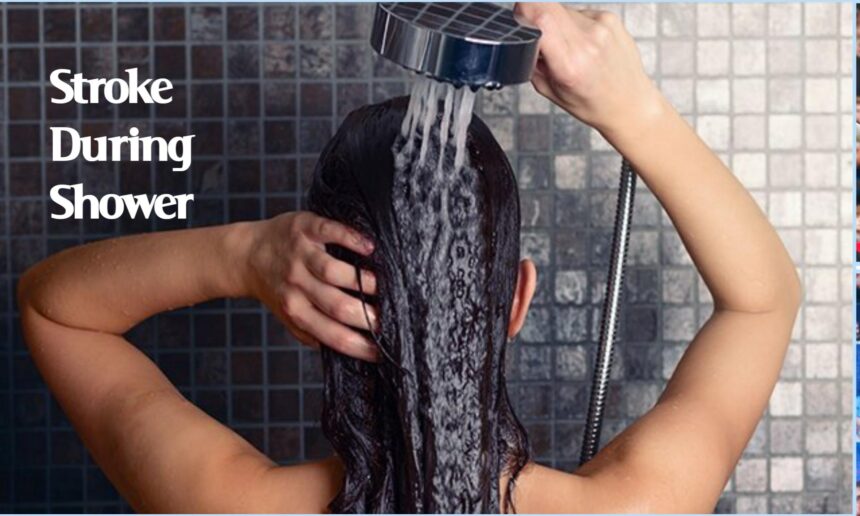Strokes, also known as cerebrovascular accidents (CVAs), are medical emergencies that occur due to a sudden disruption in the blood supply to the brain.
This disruption can be caused by a blocked or ruptured blood vessel, leading to damage of brain cells and varying degrees of severity, from temporary weakness to long-term disability or death.
There are two main types of strokes:
We're now on WhatsApp. Click here to join.
1. Ischemic Stroke: This type occurs when a blood clot blocks a blood vessel in the brain, cutting off the blood supply to a specific part of the brain. Ischemic strokes are the most common type and are often linked to risk factors like high blood pressure, diabetes, high cholesterol, smoking, and a family history of stroke.
2. Hemorrhagic Stroke: Hemorrhagic strokes happen when a blood vessel in the brain ruptures, causing bleeding in or around the brain. This bleeding exerts pressure on the brain cells, damaging them. Hemorrhagic strokes are less common but can be caused by conditions such as high blood pressure, aneurysms, or arteriovenous malformations (AVMs).
Read Also: Discover the Healing Potential of Guava Leaves: Nature’s Multifaceted Medicine Cabinet
One specific scenario that has gained attention is the occurrence of strokes in bathrooms.
This phenomenon is often due to a common yet incorrect practice where individuals wet their heads and hair first upon entering the bathroom. This approach, although widely practiced, is potentially dangerous.
Wetting the head first causes a sudden and significant increase in blood circulation to the head. This abrupt surge in blood flow can lead to the tearing of arteries, a critical event that can result in a stroke.
The outcome can be devastating, causing individuals to collapse and experience the immediate effects of a stroke.
Understanding these risks is crucial for personal safety. It emphasizes the need to adopt proper bathing practices, ensuring that individuals do not wet their heads and hair first while bathing.
By being mindful of these practices, the risk of strokes in bathrooms can be significantly reduced, promoting a safer and healthier daily routine.
A report published in the Journal of Canada’s Medical Association highlighted that the risks associated with strokes or mini-strokes during bathing are not only immediate but can have long-lasting and severe consequences.
Multiple studies worldwide have indicated a rising trend in cases of death or paralysis due to strokes occurring during baths. Medical professionals emphasize the importance of following specific rules while bathing to prevent such incidents.
Improper bathing practices can even lead to fatal outcomes. To minimize the risk of strokes, it is essential not to wet your head and hair first while bathing.
The human body has a certain internal temperature, and it takes time to adjust to external temperatures. Wetting the head initially accelerates blood circulation, potentially increasing the risk of a stroke.
The correct method of bathing involves soaking the feet first and then gradually wetting the body from the shoulders downwards.
Only after the rest of the body has been soaked should you wet your head. This method is particularly crucial for individuals with high blood pressure, high cholesterol, and migraine.
It is crucial to spread awareness about these bathing practices, especially among elderly parents and relatives.
By following the correct rules of bathing, the risk of strokes during this daily routine can be significantly reduced.
Common Symptoms of Stroke:
- Sudden numbness or weakness in the face, arm, or leg, especially on one side of the body.
- Sudden confusion, trouble speaking, or difficulty understanding speech.
- Sudden trouble seeing in one or both eyes.
- Sudden severe headache with no known cause.
- Sudden trouble walking, dizziness, loss of balance, or lack of coordination.
Treatment and Recovery:
Immediate medical attention is crucial when someone is experiencing symptoms of a stroke. The earlier a person receives treatment, the less damage is likely to occur. Treatment for ischemic stroke often involves medications like clot-busting drugs (thrombolytics) and procedures such as mechanical thrombectomy to remove clots. Hemorrhagic strokes may require surgery to stop the bleeding and repair damaged blood vessels.
Recovery after a stroke varies widely based on the severity of the stroke and the area of the brain affected. Rehabilitation, including physical therapy, occupational therapy, and speech therapy, plays a crucial role in helping stroke survivors regain lost abilities and relearn skills. The support of family, friends, and healthcare professionals is essential during the recovery process.
Prevention:
Some risk factors for strokes, such as age and genetics, cannot be controlled. However, lifestyle changes can significantly reduce the risk of stroke.
These include maintaining a healthy diet, exercising regularly, not smoking, limiting alcohol consumption, and managing conditions such as high blood pressure, diabetes, and high cholesterol.
In summary, stroke is a serious medical condition that requires prompt medical attention. Being aware of the risk factors and symptoms, as well as making healthy lifestyle choices, can greatly reduce the likelihood of experiencing a stroke and improve overall brain health.
Visit our Latest Health-Related News and Tips Page for updates. Follow our Website: On WhatsApp || Twitter || Facebook || Telegram || Townflex || Townflex || YouTube 1 || YouTube 2 || Google News ||
Source: flexhealthtips.com





